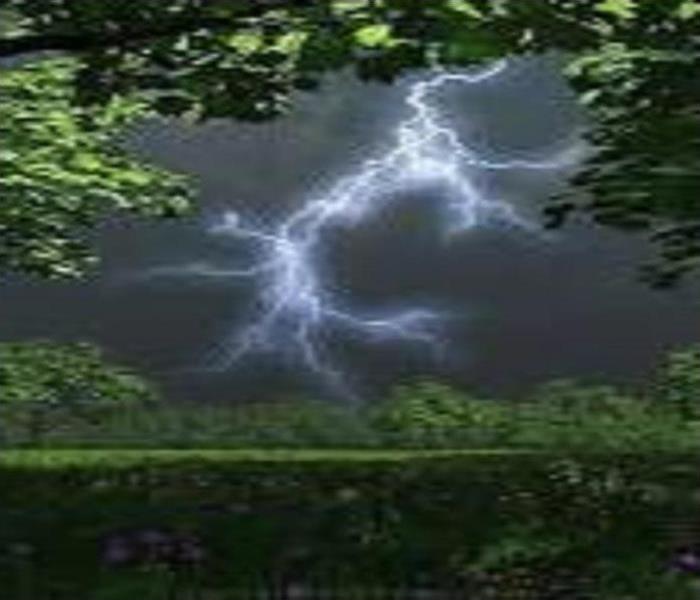Be Prepared! Spring Storm Safety Checklist
4/29/2020 (Permalink)
Spring is here, which means severe weather can arrive at a moment’s notice, no matter where you live. Wind, rain, hail, tornadoes, and other elements can cause extensive damage to your home and property, so it’s always a good idea to be prepared for what Mother Nature throws your way. Below is a spring storm checklist to proactively protect your home and property from damaging spring storms.
Spring Storm Home Safety Checklist
- Assess. Take a walk around your property often to see if there is any damage—whether by Old Man Winter or from summer mayhem—and make necessary repairs. Small damage to roofs and chimneys that occurred during winter can turn into big headaches after any severe storm. Make sure gutters are clear and draining properly. Consider investing in a chimney cap—they’re great at keeping out moisture from heavy rains, which can damage stainless steel liners, or cause mold.
- Trim and prune trees. Remove dead branches that could end up being dangerous projectiles in a severe storm and cause damage not covered by your homeowner’s insurance. Are any hovering near the power source to your home? Most arborists recommend that trees and limbs be at least 10 feet away from your home. Hire one to come out and identify any problem areas. Or enlist a knowledgeable friend.
- Ensure sump pumps are working. Spring runoff and torrential rainstorms can all result in flooded basements. Make sure your pumps are running smoothly so they can do their job when you need them.
- Secure backyard items. Your backyard oasis can turn into a danger zone in a severe storm. High winds can turn unsecured items into missiles. If you’ve received a warning that a severe storm is approaching, move these items—patio furniture, lawn chairs, propane tanks, and grills, flags and poles, bird feeders, and potted or hanging plants—inside your home, shed, or garage if possible. If you can’t bring furniture or heavy items in, try using a rope or garden hose to tie them down securely.
And don’t forget this important step!
Familiarize yourself with your insurance coverage. Every homeowner should know exactly what their policy covers, or doesn’t cover, so there are no surprises in the event of storm damage. Damage to your swimming pool, for example, may not be covered.
- Think ahead. Make ice, lots of it. Fill up empty soda bottles with water and freeze them and leave them in your freezer. These will come in handy in both a cooler or the refrigerator, like an old-time icebox.
- Stay informed. Know your electrical company’s phone number to report outages and listen for updates. If you don’t have a battery-operated radio, get one!
- Use a cooler for essential foods. This way you can keep the refrigerator closed and keep the foods that you absolutely need to access cool and safe.
- Disconnect. If you have an electric garage door opener, be sure to disconnect it before your stuck in the dark, without a vehicle.
- Batteries. It’s always a good idea to have extra batteries, some drinking water, and a good first-aid kit on hand.
- Think camping. Either get a camp stove (always use it outside) or use the grill to cook if you’ve lost power. If you have a lot in the freezer and it’s going to be a long time without power, you may just want to invite the neighbors over and grill up as much as possible before it goes bad.
- Keep your cell phone charged before the power goes out!



 24/7 Emergency Service
24/7 Emergency Service
